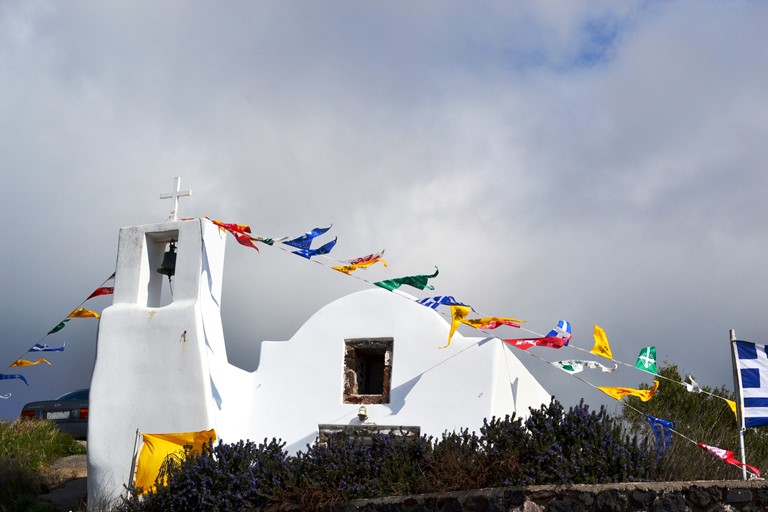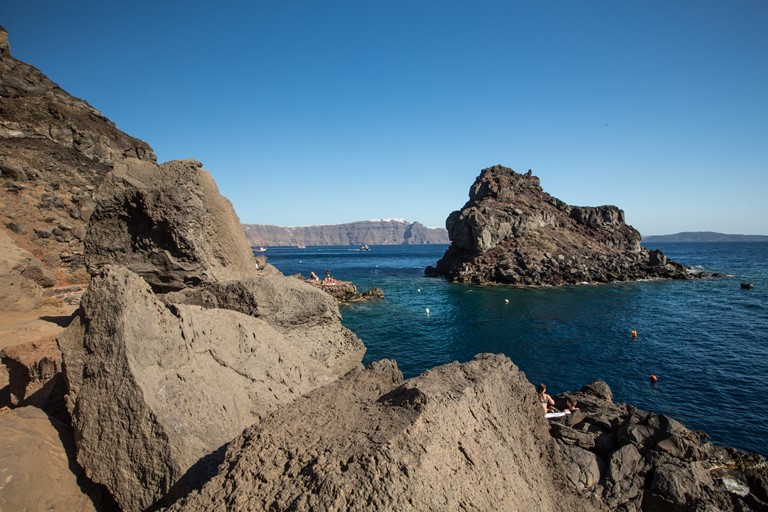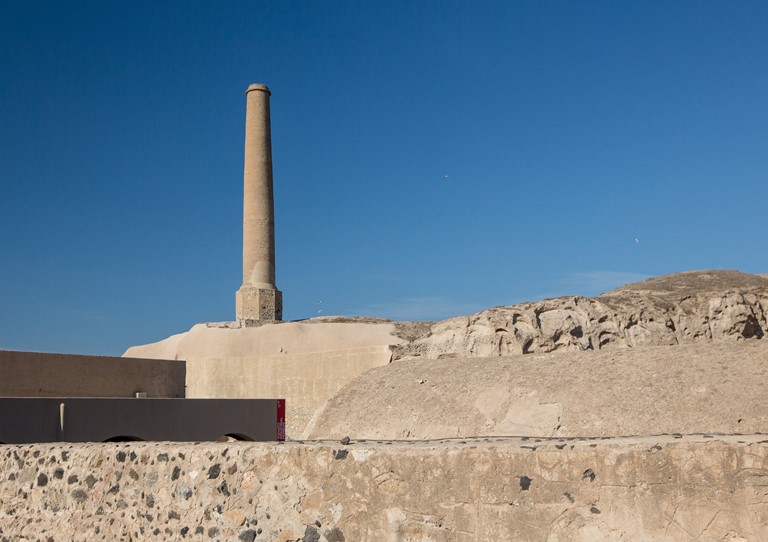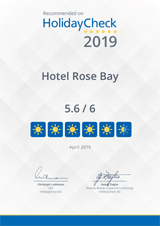Almost everybody knows that Santorini’s unusual beauty is the result of a volcanic eruption but, once you are on the island, it is hard to tell where that volcano actually is. Santorini as we know it today, is the result of four volcanic eruptions the last of which occurred in 1620 BC. This final eruption resulted in the submersion of the greatest part of what used to be a round island into the sea and inspired the legend of the Lost Atlantis.
Even though the volcano is said to have caused the destruction of not only Akrotiri, but of the classical Minoan civilization of Crete as well, it also created the unique scenery of Santorini’s caldera and the islands of Nea Kameni and Palaea Kameni –New and Old Burnt Island, respectively. The lava flows that created these isles are still visible and are one more reason, apart from Palea Kameni’s thermal springs, to plan a day trip.
As to the crater of the volcano, it is believed to be located underwater, in the bay between the islands of Santorini and Thirasia. Its size is voluminous and Santorini’s caldera is actually part of the volcano’s rim. Experts agree that there is no concern about a new eruption and also point to the fact that there were several warning signs before the historic eruption took place, granting inhabitants ample time to evacuate.
The volcano has given birth to a series of local stories and myths and there is an annual festival, Ifestia, commemorating its eruption. Fireworks fly out of the volcano and sound and light effects reenact the explosions and the lava flow. This spectacular event takes place in September and is accompanied by cultural activities across the island.
Another Santorini volcano is that of Kolumbo, about 6.5 km northeast of Cape Kolumbo. It is the largest of a line of about twenty submarine volcanic cones extending to the northeast of Santorini.


Saint Matrona’s festival takes place on October 20 in Finikia and is one of Santorini’s most popular panigiria, as these open air celebrations are called in Greece. Saint Matrona’s church is decorated with palm leaves on the eve of the celebration and the religious icon that depicts the saint is...
Read More

Santorini’s seabottom is a combination of “crystal clear waters and dramatically impressive underwater landscapes”, as Pierre Yves Cousteau put it. It was forty years ago that his father, oceanographer Jacques Cousteau, explored the depths of Santorini in search of the lost city of Atlantis. The...
Read More

Argyros Mansion Museum, Messaria The elegant mansion that houses this museum was built in 1888 by local craftsmen, who had taken part in building important neoclassical mansions in what then was the newly founded capital city of Athens. It was the main residence of the family of George Argyros, who...
Read More





